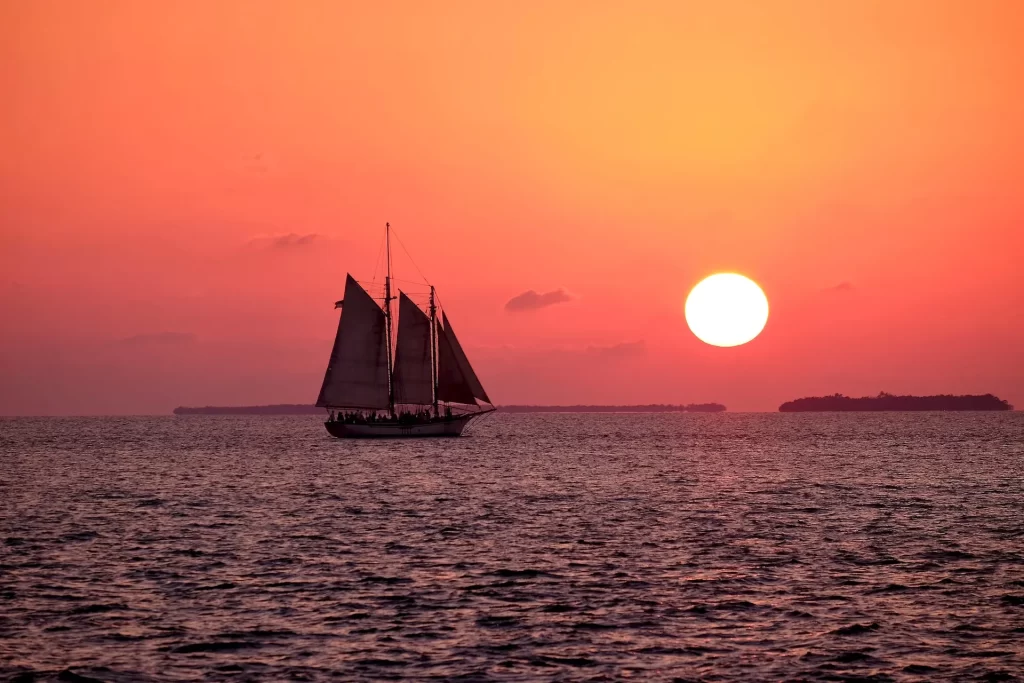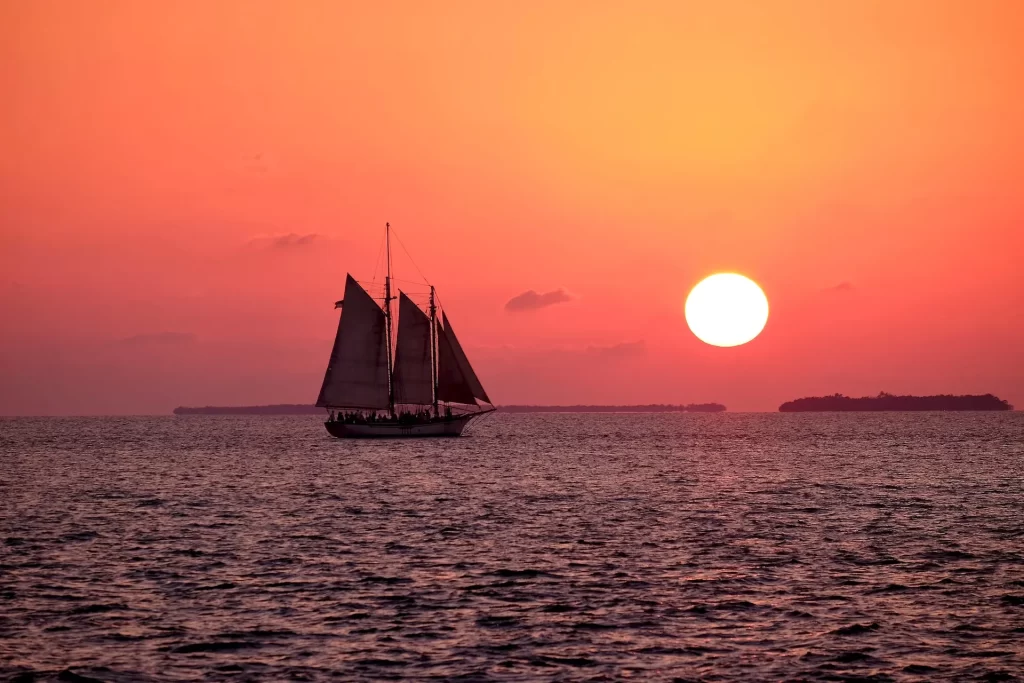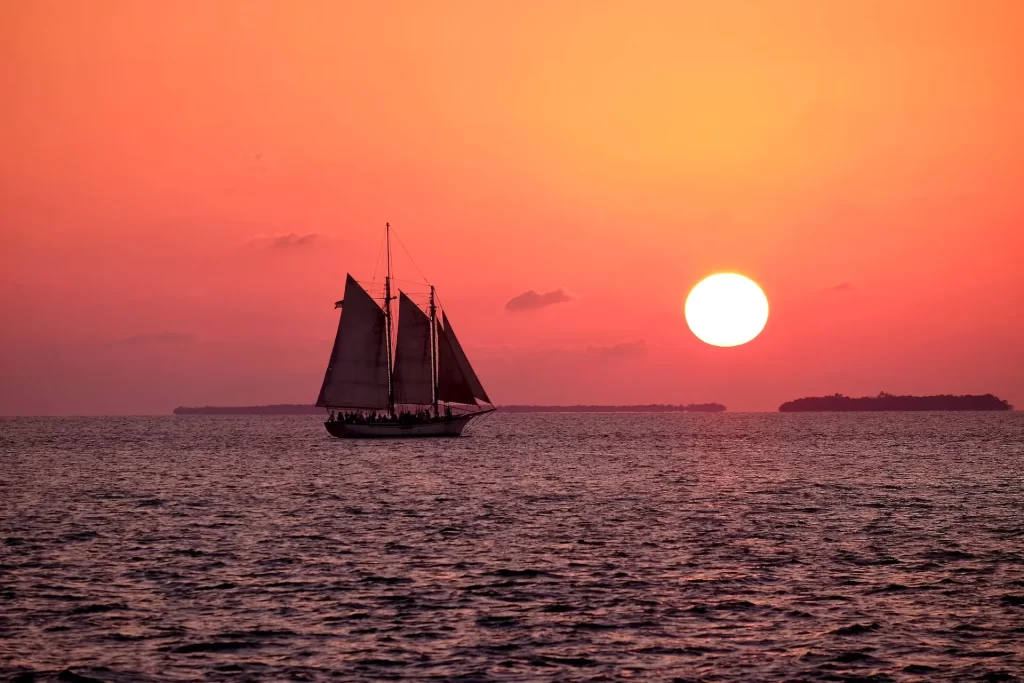Cobia boats are highly sought after by fishing enthusiasts for their superior performance, durability, and adaptability. However, like any other watercraft, Cobia boats may experience issues that can cause a decrease in performance or even total failure. As a responsible Cobia boat owner, it is crucial to understand the potential issues that might arise and the solutions to address them effectively. By addressing these potential problems, you can ensure the longevity of your Cobia boat and a safe and enjoyable time on the water.
In this comprehensive blog post, we will discuss some of the common problems that Cobia boat owners might encounter, including structural, mechanical, and electrical issues. Each issue will be tackled with a detailed approach, discussing its causes, effects, and most importantly, solutions or fixes to help you get back on the water as quickly as possible.
Structural Issues
Gelcoat Cracks
One common problem with Cobia boats is the development of gelcoat cracks on the hull’s surface. These cracks can be either cosmetic or structural, depending on their size and location.
- Cosmetic Cracks: Relatively small, shallow cracks that do not affect the boat’s structural integrity. They generally occur due to age or exposure to sunlight. While not a significant concern, they can be unsightly and may need to be addressed for aesthetics.
- Structural Cracks: Larger, deeper cracks that can compromise the boat’s structural integrity. Ignoring these cracks can lead to water intrusion and even hull failure.
To fix gelcoat cracks:
- Inspect the damaged area carefully to determine the extent of the damage.
- Clean the area with soap and water, then thoroughly dry it.
- Sand the area with 80-150 grit sandpaper to roughen the surface and remove any damaged gelcoat.
- Fill the crack with a gelcoat repair kit and let it cure according to the manufacturer’s instructions.
- Once cured, sand the repaired area with 220 grit sandpaper and gradually work your way up to 600 grit for a smooth finish.
- Apply a marine-grade wax to the repaired area to protect it from UV exposure.
Hull Deformation
Cobia boats are built using a combination of fiberglass and resin, resulting in a strong and durable hull. However, exposure to extreme temperatures, constant pounding in rough seas, or incorrect storage methods can lead to deformation of the hull.
To prevent and fix hull deformation:
- Store your boat on a properly fitted boat trailer or cradle to ensure even weight distribution and avoid stress concentration on a specific area of the hull.
- Periodically inspect the hull for signs of deformation, such as bulging or hollow spots.
- If you notice any signs of deformation, consult an experienced boat repair professional for an assessment and remediation.
Mechanical Issues
Engine Overheating
Engine overheating is a common issue faced by Cobia boat owners, caused by factors such as insufficient water flow, a clogged exhaust system, or a malfunctioning thermostat. Here’s how to identify and fix engine overheating:
- Inspect the engine’s cooling system, looking for blockages, leaks, or damaged components.
- Check the functioning of the boat’s water pump, impeller, and cooling passages. Replace damaged components if necessary.
- Examine the exhaust system for blockages or damage that may restrict water flow.
- Inspect the thermostat for proper operation, and replace it if it’s stuck or malfunctioning.
- If you’ve completed these steps and the engine still overheats, consult a professional marine mechanic for further diagnostics and repairs.
Propeller Damage
A damaged or improperly maintained propeller can lead to reduced performance and potentially cause more serious damage to your Cobia boat’s engine. To address propeller damage:
- Inspect your propeller regularly for signs of damage, such as bent blades, dents, or excessive corrosion.
- If you find any damage, remove the propeller and have it professionally repaired or replaced.
- Maintain your propeller by regularly removing it from the engine, cleaning it, and applying a coat of marine-grade grease to the propeller shaft before reinstallation.
Electrical Issues
Corroded Connections
The marine environment is harsh on electrical connections, making corrosion a common issue for Cobia boats. Corroded connections can lead to reduced performance and the eventual failure of crucial electrical components.
To address corroded connections:
- Regularly inspect your boat’s electrical connections, looking for signs of corrosion or damage. Focus on high-risk areas such as the bilge, battery terminals, and engine compartment.
- Use a wire brush to gently clean away any corrosion from the affected connections.
- Apply a layer of dielectric grease to protect the connections from further corrosion.
- Replace any severely corroded wiring or components to prevent further damage or electrical failure.
Electrical System Overload
Cobia boats often come equipped with a variety of electronic devices, such as GPS systems, fishfinders, and radios. Overloading your boat’s electrical system can lead to blown fuses, tripped breakers, and even total system failure.
To avoid electrical overload:
- Be aware of your boat’s electrical capacity and the power draw of each electronic device.
- Ensure that your boat’s batteries, wiring, and charging system are all in good working condition and sized appropriately for the onboard electronics.
- Use a shore power system when available to avoid placing unnecessary strain on your boat’s batteries.
By understanding the common issues that may arise with Cobia boats and taking appropriate steps to address them, you can preserve the performance and longevity of your watercraft. Regular maintenance, inspections, and prompt repairs will not only enhance your boating experience but also ensure the safety of you and your passengers while on the water.
Frequently Asked Questions
Are cobia boats good in rough water?
Cobia boats are designed with a deep-V hull, which generally performs well in rough water conditions. However, the overall performance in rough waters also depends on the boat’s size, design, and the skills of the operator.
What tier is a cobia boat?
Cobia boats are considered to be a mid-tier boat brand that offers a balance between affordability and quality. They are known for their solid construction and reliability while maintaining competitive pricing in the market.
Are cobia boats made with wood?
No, Cobia boats are not made with wood. They use composite materials and fiberglass for their hulls and decks, which provide strength, durability, and resistance to moisture and rotting. Wood is generally used only for trim or accents on the boats.
What is the warranty on a cobia hull?
Cobia Boats offers a limited lifetime warranty on the structural components of the hull and deck. This warranty generally covers any defect in materials or workmanship that may lead to a loss of structural integrity. It is important to read and understand your specific boat’s warranty information, as there may be limitations or exclusions that apply.
What are some common problems with Cobia boats?
Some common problems with Cobia boats include issues with the fuel system, electrical components, and steering systems. As with any boat brand, proper maintenance and care can help mitigate these issues and ensure the longevity of the boat.
How does a Cobia boat handle in shallow water?
Although Cobia boats are primarily designed for offshore and deep-sea activities, they can still handle relatively shallow water conditions. However, their performance and maneuverability may not be as optimal compared to boats specifically designed for shallow water use.
Are Cobia boats fuel efficient?
Cobia boats offer competitive fuel efficiency for their size and class. The fuel efficiency of each boat depends on factors such as engine size, weight, and boat design. Regular maintenance and responsible boating habits will also contribute to better fuel efficiency.
Is Cobia a good first boat for a new boater?
Cobia boats can be a good option for first-time boaters, as they offer a range of sizes and configurations to suit different needs. Owners report that Cobia boats are easy to handle, making them suitable for beginners, while still offering quality construction and performance.
How do Cobia boats perform in saltwater?
Cobia boats are built to perform well in saltwater environments. They feature corrosion-resistant hardware, self-draining features, and robust construction designed to withstand the harsh conditions encountered in saltwater use. Regular maintenance and proper care will help maintain the boat’s performance and longevity in saltwater.
Are there known issues with Cobia boat gelcoat?
While some Cobia boat owners have reported gelcoat issues, such as cracks in the finish, this is not a widespread problem. It’s essential to conduct regular inspections and maintenance to identify and address any gelcoat issues promptly to keep your boat looking and performing at its best.
- Addressing Common Stik Boat Problems: Expert Solutions and Tips - June 15, 2023
- Sea Hunt Boat Problems: Common Issues & Solutions Explored - June 15, 2023
- Rinker Boat Problems: Top Issues & Solutions for Owners - June 15, 2023








